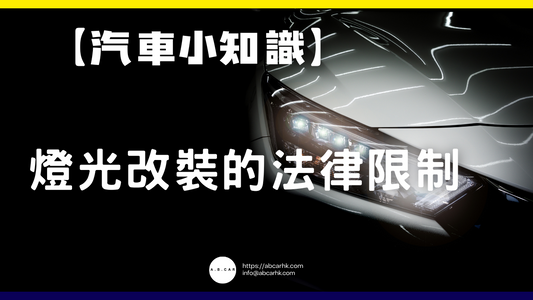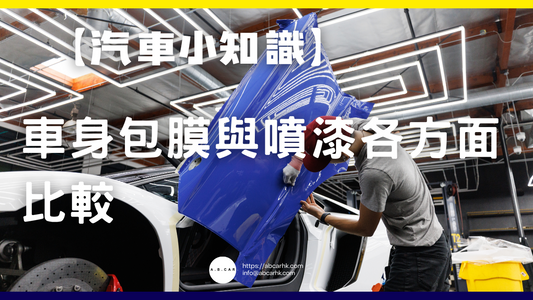[Food Tips] Why are tea restaurants called "ice rooms"?

🧋 Why are cha chaan teng (tea restaurants) called "bing shi" (ice rooms)? Let's take a closer look!
When discussing Hong Kong's culinary culture, tea restaurants are a staple. However, if you pay close attention, you'll notice that many traditional tea restaurants, or even their signage, often use the term " bing shi ." So, what exactly is "bing shi"? Why did tea restaurants adopt this name? The story behind it actually reveals the evolution of Hong Kong's culinary culture! This time, we'll take you on a journey through time to explore the origins and meaning of "bing shi."
📜 The historical origins of "Ice Room"
🧊 The precious age of ice
In the early 20th century, before refrigeration became widespread in Hong Kong, ice was a rare and valuable resource. Shops specialized in selling ice, which later evolved into places offering frozen drinks . These places were called "bing shi."
🍹 Features of the ice room
- The main offerings are iced drinks, such as iced lemon tea, iced milk tea, and iced coffee.
- It is not as expensive as high-end western restaurants, but affordable and friendly.
- There are a few simple snacks such as toast, egg tarts and sandwiches.
Since having ice was considered a luxury at the time, the name "ice room" meant "cold drinks with style".
🍞 The relationship between ice houses and tea restaurants
As time went by, ice houses gradually added more food options, such as fried noodles and rice, Western-style steaks, baked rice, etc., and gradually evolved into today's tea restaurants .
- Ice room = the predecessor of tea restaurant
- Ice House Era: Drinks + Light Meals
- Tea restaurant era: drinks + light meals + hot dishes + set meals
Therefore, you can still see many tea restaurants today that still retain the name "ice room", which is a trace of history and nostalgia.
🥢 Why is the name "Ice Room" so popular?
1️⃣ Nostalgia
For the older generation, "bing shi" is a childhood memory. The word brings to mind images of sitting in rattan chairs, drinking iced milk tea and eating pineapple buns.
2️⃣ A symbol of popularization
"Ice house" represents the consumption that ordinary people can afford, unlike the high-end Western restaurants.
3️⃣ Hong Kong flavor
Ice House symbolizes Hong Kong's unique culinary culture, integrating Chinese and Western cuisines to create the "unique taste" of tea restaurants.
4️⃣ Friendly name
The word "bingshi" is simple and direct. It makes you feel cool and comfortable when you hear it, and it is easy to remember.
🌐 The influence of ice house culture
- Food fusion : combining Western drinks (coffee, milk tea) with Chinese light meals.
- Social Place : Ice House is not only a place to eat, but also a small paradise for neighbors to gather and chat.
- Cultural symbol : Ice house scenes appear in many Hong Kong films and TV dramas, becoming a collective memory of Hong Kong culture.
😋 Editor's thoughts
My personal favorite places to visit are those tea restaurants that still retain the old "bing shi" decor! Sitting on the green plastic chairs and gazing at the nostalgic calendars on the wall is truly captivating. Especially when I order a cup of iced lemon tea with butter toast—it's a true "bing shi set meal"—every bite brings back the flavors of the past.
🎉 Summary
Tea restaurants are known as "bing shi" (Ice Room) because they originally specialized in cold drinks and light meals. The name "bing shi" carries a deep well of Hong Kong people's collective memories, symbolizing affordable dining and a fusion of East and West. While tea restaurants now offer a wider variety of cuisine, the name "bing shi" retains its authentic Hong Kong flavor.
👉 I'd like to ask everyone: What's your favorite ice cream parlor dish? Milk tea toast or egg noodles?



